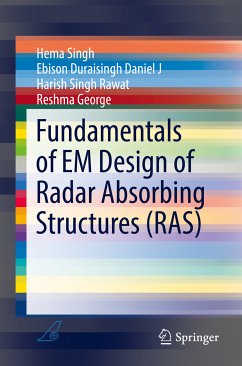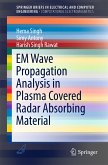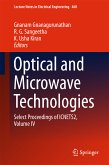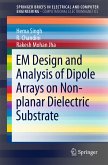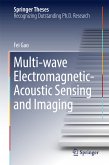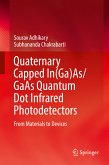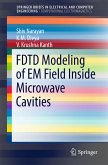Dr Hema Singh is currently working as Principal Scientist in Centre for Electromagnetics of CSIR-National Aerospace Laboratories, Bangalore, India. Earlier, she was Lecturer in EEE, BITS, Pilani, India during 2001-2004. She obtained her Ph.D. degree in Electronics Engineering from IIT-BHU, Varanasi India in 2000. Her active area of research is Computational Electromagnetics for Aerospace Applications, EM analysis of propagation in an indoor environment, Phased Arrays, Conformal Antennas, Radar Cross Section (RCS) Studies including Active RCS Reduction. She received Best Woman Scientist Award in CSIR-NAL, Bangalore for period of 2007-2008 for her contribution in area of active RCS reduction. Dr. Singh has co-authored nine books, one book chapter, and over 200 scientific research papers and technical reports.
Mr Ebison Duraisingh Daniel J obtained B.Tech. (ECE) and M.Tech. (Communication Systems) from Karunya University, Coimbatore, India. He was a Project Scientist at the Centre for Electromagnetics (CEM) of CSIR-National Aerospace Laboratories, Bangalore where he worked on RCS studies for aerospace vehicles.
Harish Singh Rawat is research scholar inApex Level Standards & Industrial Metrology Department of CSIR-NPL, New Delhi. He hasobtained his M.Sc. (Electronics) in 2013 from the Department of Engineering and Technology, Jamia Millia Islamia, New Delhi, India. He was a project engineer at the Centre for Electromagnetics (CEM) at CSIR-National Aerospace Laboratories, Bangalore, India. His research interests include radar cross section (RCS) studies, radar absorbing structures (RAS), low-profile antennas, and phased arrays mounted on planar and non-planar surfaces.
Reshma George obtained her M.Tech. in Power Electronics and Drives in 2015 from the Department of Electrical & Electronics Engineering, Anna University Regional Centre, Coimbatore, India. She obtained a B.Tech. in Electrical and Elec
tronics Engineering, in 2012 from Mahatma Gandhi University (MG University), Kottayam, Kerala. She was a NALTech project scientist at the Centre for Electromagnetics (CEM) at CSIR-National Aerospace Laboratories, Bangalore, India, where she works on radar absorbing structures (RAS) and conformal arrays.

